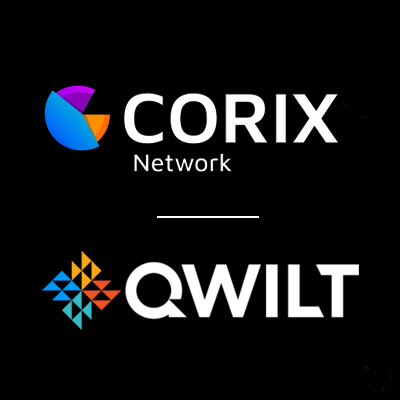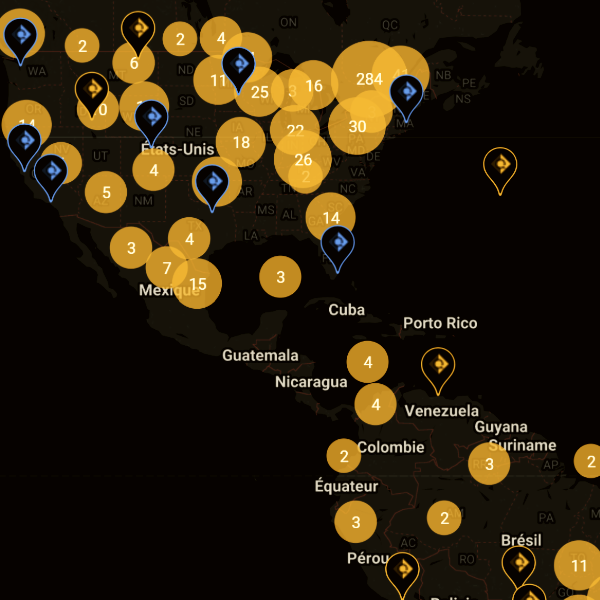
Streaming Takes Over – Online Video and CDN Evolution (2000s–2010s)
In the previous blog, we discussed how various ingredients were being brought together to enable the rise of streaming. And with the rise of broadband in the early 2000s, with many households adopting cable or DSL, the age of online video quickly emerged. By the mid-2000s, global average download speeds rising above 1 Mbit/s. This was a tipping point: at 1+ Mbps, streaming a low-resolution video became feasible.
In 2005, YouTube was launched by three former PayPal employees and within a year, it was serving 100 million videos per day. The new platform allowed user-generated content and viral videos like “Charlie Bit My Finger to reach global audiences instantly. YouTube’s early success was based on Adobe Flash Player technology, which made video playback on desktops. Around the same time, Netflix introduced its “Watch Now” feature in 2007, offering a small catalog to US subscribers. With the advent of the iPhone and3G mobile networks, video streaming was no longer confined to PCs. By the decade’s end, high-definition streaming (720p, 1080p) began emerging alongside HD TVs, raising consumer expectations for video quality.
CDNs Become Critical Infrastructure
As streaming grew, CDNs became essential. Companies like Akamai, Limelight, and Level 3 expanded their networks to support continuous video streams. Unlike large downloads, streaming meant handling millions of users pulling 1–5 Mbps streams concurrently. This created massive bandwidth challenge. CDNs responded by adding servers, data centers, and interconnections with ISPs to keep up. Each leap in video quality – SD to HD to 4K – pushed CDNs to evolve. For example, 720p HD requires around 1.5–3 Mbps, while 4K Ultra HD needs 15–25 Mbps. By 2010 Netflix streaming alone accounted for about 20% of peak downstream bandwidth in the U.S. By 2011, streaming video was officially the largest source of internet traffic, a trend that put pressure on ISP networks and made efficient content delivery a business imperative.
Live Events and Sports – New Heights for Streaming
The 2010s marked a key shift, as live streaming of major events went mainstream. Milestones like the 2008 Beijing Olympics and 2010 FIFA World Cup made live streams available to global audiences, albeit in standard definition. By 2012, platforms like the London Olympics were setting streaming records, with sports, in particular, acting a benchmark for CDN performance. Fans demanded real-time, high-quality streams, which challenged the public internet. For example, in 2019, 2.6 million people streamed the Super Bowl; by 2021, that number doubled to 5.7 million. Although smaller than traditional TV audiences, these numbers generated huge concurrent traffic peaks. Live sports also highlighted a new challenge: latency. Internet streams often lagged 30+ seconds behind cable broadcasts, leading to spoilers when neighbor’s cheers or social media posts arrived before the streaming feed. This drove innovation in low-latency streaming protocols (e.g., chunked CMAF, WebRTC, Low-Latency HLS) to narrow the gap. In short, live streaming forced the industry to deliver not just volume (Tbps of data) but timeliness.
Quality vs. Delivery – An Ongoing Arms Race
As average internet speeds climbed from ~5 Mbps in 2010 to ~61 Mbps in 2020 globally, content providers pushed for higher quality. Blu-ray had introduced 1080p Full HD as a standard and streaming services sought to match that. By mid-decade, Netflix, YouTube, and Amazon were experimenting with 4K streaming, which requires up to four times the bandwidth of 1080p. Compression techniques like H.265/HEVC helped control bitrates but delivering 4K to millions pushed CDN networks to their limits. Indeed, Cisco’s 2018 networking forecast predicted that video would account for 82% of all internet traffic by 2022, which proved accurate.
The strain on infrastructure was evident during the COVID-19 lockdowns of 2020, which saw global internet traffic surge by ~30% almost overnight due to streaming and video calls. In Europe, regulators even asked Netflix and YouTube to temporarily cap video quality to SD to ease broadband congestion.
CDN Evolution – Bigger, Smarter, Closer
In response to growing demand, CDNs not only added capacity but also got smarter. Adaptive bitrate streaming (pioneered in late 2000s, e.g., Apple HLS and MPEG-DASH) allowed video players to dynamically request lower-quality streams if a user’s connection was weak, thus reducing buffering. Caching algorithms improved to keep popular content ready at the edge. Multi-CDN strategies emerged, with services using several CDN providers to increase resilience. Despite these advances, traditional CDNs still largely relied on clusters of servers at major exchange points – not inside local ISP networks.
By the end of the 2010s, peak traffic numbers were staggering. Akamai went from 1 Tbps of traffic in 2008 to 100 Tbps by 2019. By early 2022, Akamai peaked at 250 Tbps delivered during a major live event. tvtechnology.com This exponential growth reflects both the surge in audience demand and improvements in delivery tech.
Streaming Overtakes Television
Toward the end of the 2010s and into the early 2020s, streaming not only rivalled broadcast/cable but surpassed it in many metrics. In July 2022, streaming platforms captured a larger share of U.S. TV viewing time than cable for the first time (34.8% streaming vs 34.4% cable). This trend continued and by February 2025, streaming was expected to represent 43.5% of U.S. TV time, surpassing broadcast (21.2%) and cable (23.2%). According to Nielsen, 21 million years’ worth of content was streamed in the U.S. in 2023, a 21% increase over 2022.
These figures highlight how deeply streaming has woven itself into everyday life. Users expect to watch what they want, when they want, on whatever device is handy – be it a 4K smart TV, a tablet, or a 5G-connected phone. And they expect instant start times, high fidelity, and no interruptions. Meeting these expectations has pushed the legacy CDN model (with its centralized architecture) near its breaking point. In the next blog, we’ll explore how the industry is pivoting to a new edge-centric approach that reimagines content delivery for the next era of growth.

READ THE NEXT EPISODE
Beyond Traditional CDNs – the shift to Open Edge Content Delivery
Legacy CDNs typically host caches in a limited number of data centers or Internet exchange points. Even though these are distributed globally, they are often still far from many end-users, especially those in suburban or rural areas. This distance introduces latency and consumes a lot of middle-mile bandwidth, as streams must traverse ISP backbones to reach viewers.
Ready to take the next step?
We have a team of content delivery experts ready to answer your questions.
Related resources

Knowledge Base
Open Edge Series Introduction: The Foundation for the Future of Digital Content and Service Delivery

Knowledge Base
The Open Edge Future – Content delivery and what comes next

Knowledge Base
Beyond Traditional CDNs – the shift to Open Edge Content Delivery (The 2020s)

Press Release




